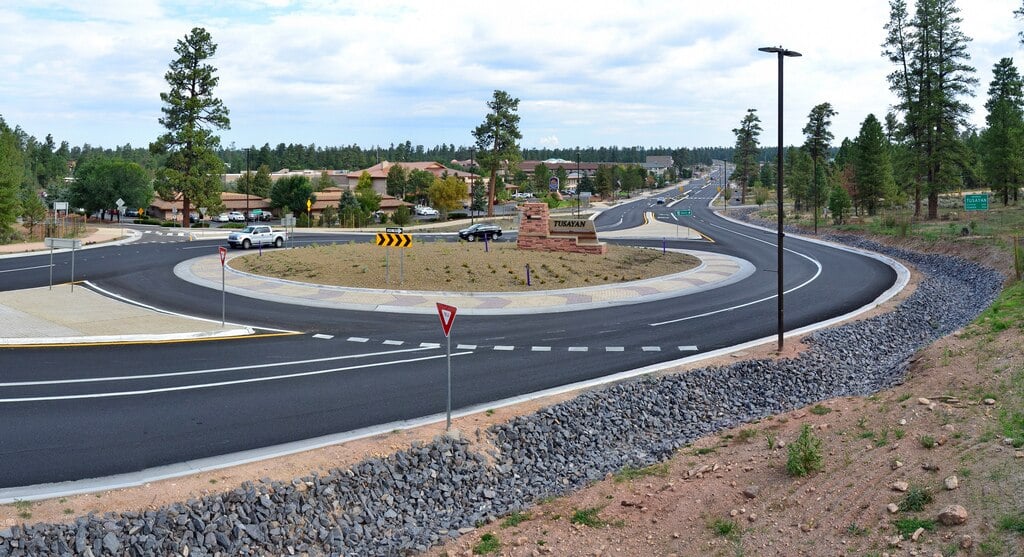
Great Outdoors Month – Regulatory Signs In National Parks
National Park Service updates to signs help provide enjoyment, safety & environmental conservation
June is Great Outdoors Month
It’s June, and ever since 2013, that means it’s Great Outdoors Month. President Obama proclaimed it, and governors from all 50 states followed suit with their own Great Outdoors Month proclamations outlining the beauty of their states’ scenic sites and National Parks, as well as efforts to be made in conservation and environmental stewardship.
While it wasn’t specifically spelled out in the president’s Great Outdoors Month proclamation, it can be assumed that the replacement and maintenance of the signs along the more-than 14,000 miles of trails, and the regulatory signs along the 8,000 miles of roads by the NPS will figure into any conservation plans.
According to an order put forth by former NPS director Frances Mainella, the NPS oversees 800,000 signs along its roadways and trails. In correspondence between then-Director Mainella and J. Richard Capka from the Federal Highway Administration (FHWA) in 2006, there was an agreement that all regulatory signs along motor routes would be brought up to an updated standard by the NPS by December 31, 2015.
Brief history of signs in the National Parks
According to a chapter on signs in an NPS manual, early Native American trailblazers would tie branches down to the tree trunk as a means of marking trails for those who followed. French fur trappers created “lop trees” along their trade routes. In essence, signs have always been used as a means for finding one’s way in the wilderness.
The NPS was founded in 1916, and by 1920 it had its first set of guidelines for park signage. These guidelines have been updated several times; in 1940, 1972 and 1988. It was in 1988 that the standards for regulatory signs and other signage along motorways were first addressed. This modernized the roads through the National Parks – in a way – but there were still special considerations to be made about the messages posted along NPS motorways.
Regulatory signs on roads in the National Parks
According to the NPS sign manual from 1988, the roads of the National Parks are overseen by the NPS, as is the placement and maintenance of signs along roads and trails. This includes the placement and maintenance of regulatory signs, such as stop signs, and other signs designed to manage traffic flow and driver instructions.
According to the 2006 correspondence between the NPS director, and an administrator from the FHWA, the updates to signs are as follows:
- Colors on National Parks regulatory signs shall be uniform with FHWA regulations.
- Regulatory sign colors may deviate along the roads in campgrounds, so long as they are submitted to the FHWA for approval under the rules about experimental signs in the Manual on Uniform Traffic Control Devices (MUTCD).
- Park entrance and facility identification signs have their own separate standard lain out in the UniGuide Sign Standards manual, and are approved by the FHWA so long as they match the UniGuide standards.
- Regulatory signs maintained by the NPS must meet FHWA sheeting material, and nighttime visibility standards.
While the importance of the visibility and uniformity of regulatory signs along the roads in the National Parks can’t really be debated, the use of any signage must stay consistent with the mission of the NPS, which is to preserve and protect many of our nation’s areas of scenic and cultural significance. Therefore, care must be taken that the use of regulatory signs doesn’t amount to “sign pollution,” as warned in the 1988 NPS sign manual.
The manual points out that the roads maintained by the NPS serve a purpose quite unlike the purpose served by normal roads. According to the manual, “Park roads are for leisurely driving only. If you are in a hurry, you might do well to take another route now, and come back when you have more time,” (p. 4).
Thus, signs shouldn’t direct drivers as though they were commuter routes, nor should they give the impression that they are links between state highway systems. The sole purpose of signs in the National Parks is to enhance the experience of visitors. This includes the use of some regulatory signs, where needed, for the sake of safety and direction.
Regulatory signs are proven methods of managing visitors to National Parks
In the National Parks, visitors are often on their own when it comes to traveling trails and navigating roads. Without signs, the land is up to visitor interpretation. This would put fragile areas at risk, if nothing directed people elsewhere. Wildflowers could be picked to extinction. A study conducted By Buerger, et al. (2001) on regulatory signs for hikers at Zeke’s Island within the North Carolina National Estuarine Research Reserve concluded that such signs are an effective way to manage the way visitors behave along within the park.
However, the report also came to some important conclusions regarding the messages on the signs. Most importantly, if there is any effort required of the sign reader to get the message, such as reading small print, the reader will miss the message. The more important the message, the simpler the sign should read.
Also, visitor interpretation of regulatory signs should be taken into account when putting messages on signs. People interpret the meanings of signs based on a number of things, from their education level, to how much experience they have in the great outdoors. Therefore, whether it’s a regulatory sign on the road, or a trail marker, it’s best to be concise and unambiguous, for the enjoyment and safety of everybody who visits a National Park this Great Outdoors Month, or at any time.


